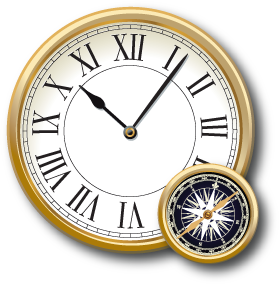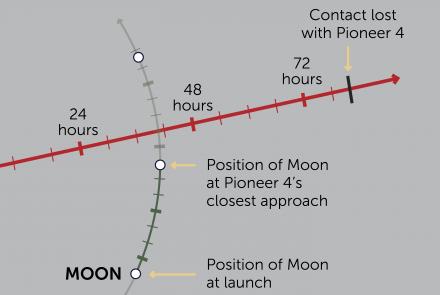Beginning in 1958, the United States tried to send small spacecraft to the vicinity of the Moon with the Pioneer program.
Pioneer 4 was the first U.S. spacecraft to escape Earth’s gravity and reach the vicinity of the Moon. It was launched in 1959, two months after the Soviet probe Luna 1 passed within a few thousand kilometers of the Moon.
Using timing accurate to one thousandth of a second, mission planners hoped Pioneer 4 would pass within 32,000 kilometers (20,000 miles) of the Moon. But the spacecraft had no ability to change its course once its booster rocket cut off, and it did not come closer than three times that distance.
Although Pioneer 4 failed to get close to the Moon, it did successfully test a new space communications system that scientists would develop into a global network of tracking antennas known as the Deep Space Network.











